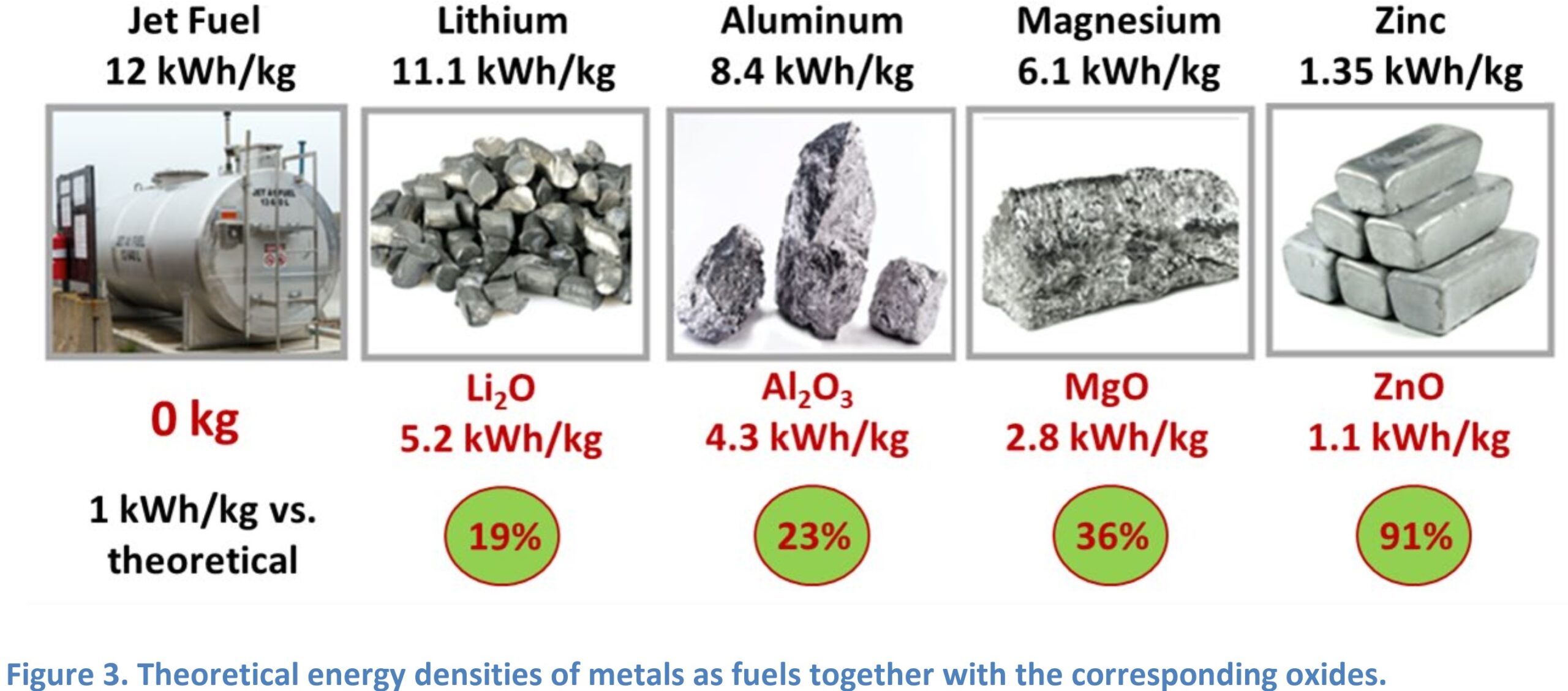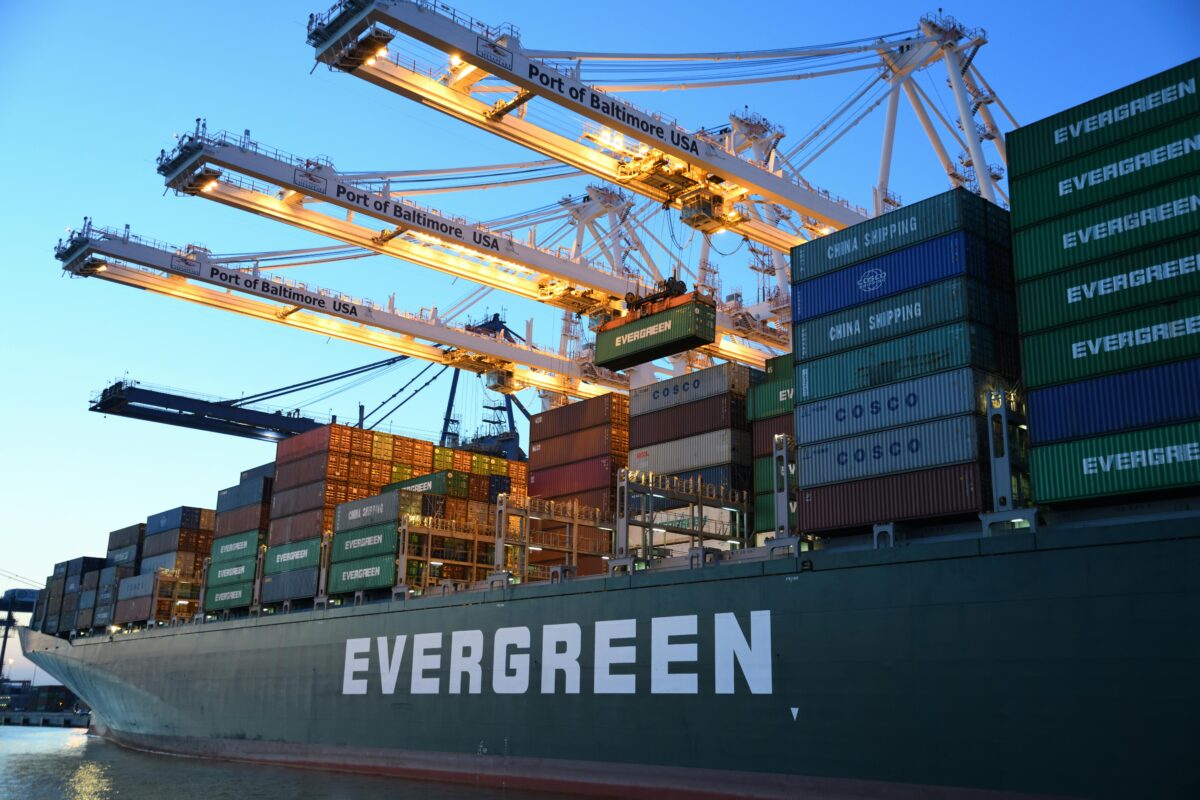The U.S. Department of Energy’s Advanced Research Projects Agency-Energy (Arpa-e) has announced twelve projects aimed at delivering high-density energy storage products for electrifying aircraft, railroads, and shipping.
The group’s goal is to deliver technologies that will electrify regional flights traveling as far as 1,000 miles with up to 100 people, all North American railroads, and all vessels operating exclusively in U.S. territorial waters. Two of Arpa-e’s goals are batteries exceeding 1000 watt-hours per kilogram and 1000 watt-hours per liter, compared to the generally available 285 Wh/kg and 650 Wh/L products.
The twelve announced projects were awarded up to $1.5 million each, with the smallest award being just under $700,000. The program expects certain results to be available within 18 months.
The twelve projects include:
- Wright Electric & Columbia University are developing an aluminum-air flow battery with swappable aluminum anodes for mechanical recharging. They are using 3D design to improve contact between anode and cathode.
- Georgia Tech Research Corporation is advancing an alkali hydroxide triple-phase flow battery for ultrahigh energy density battery chemistries. The proposed design leverages innovative pumping and handling of molten alkali metal and hydroxide species to maximize the volume of reactants over inactive components, thus increasing energy density.
- Propel Aero is developing its “Redox Engine” technology to provide the power performance and energy density required for electric aircraft, with electricity costs comparable to jet fuel.
- Washington State University is developing a modular energy system by combining ceramic fuel cell technology with an innovative way to package hydrogen in the liquid form. The approach uses a self-pressurizing heat recovery and hydrogen expander module coupled with a proton conducting ceramic fuel cell
At least five of the projects use hydrogen-powered fuel cells as a primary source of power generation..
The seven factors driving Arpa-e’s decision making process include:
- Gravimetric energy density ≥ 1000 Wh/kg
- Volumetric energy density ≥ 1000 Wh/L
- Turnaround time ≤ 30 minutes
- Discharge energy efficiency ≥ 70%
- Target system size 1 MWh to 100 MWh
- System manufacture ≤ 100 kg CO2/kWh
- Zero CO2, NOx, SOX emissions during operation of vehicle, vessel, or aircraft.

Arpa-e sees the energy potential in these metals due to their high energy densities. Its logic is that anodes in batteries “may be considered as fuels in that upon releasing energy, they are oxidized and donate electrons.” The value in red underneath the images notes how much material is left over after the materials are oxidized. The jet fuel value does not include the CO2 and other emissions released into the atmosphere.
For electric aviation, the target cost of electricity is 0.30/kWh. For trains and ships, which require less power, the target cost is lower at $0.20/kWh.
This content is protected by copyright and may not be reused. If you want to cooperate with us and would like to reuse some of our content, please contact: editors@pv-magazine.com.









By submitting this form you agree to pv magazine using your data for the purposes of publishing your comment.
Your personal data will only be disclosed or otherwise transmitted to third parties for the purposes of spam filtering or if this is necessary for technical maintenance of the website. Any other transfer to third parties will not take place unless this is justified on the basis of applicable data protection regulations or if pv magazine is legally obliged to do so.
You may revoke this consent at any time with effect for the future, in which case your personal data will be deleted immediately. Otherwise, your data will be deleted if pv magazine has processed your request or the purpose of data storage is fulfilled.
Further information on data privacy can be found in our Data Protection Policy.